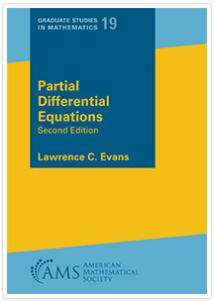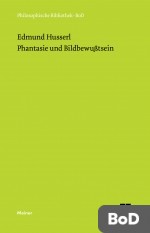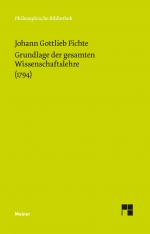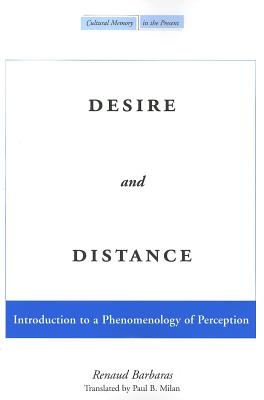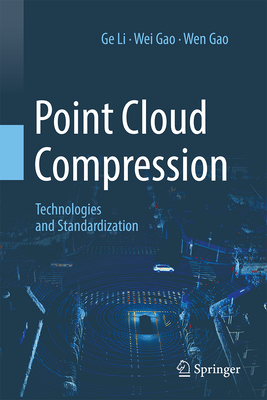
Coriander: Dietary Sources, Properties and Health Benefits(Plant Science Research and Practices)
芫荽:膳食来源、特性和健康益处
食品科学技术基础学科
¥
1549.00
售 价:
¥
1239.00
优惠
平台大促 低至8折优惠
发货周期:国外库房发货,通常付款后3-5周到货!
出 版 社
出版时间
2019年11月12日
装 帧
精装
页 码
262
语 种
英文
综合评分
暂无评分
- 图书详情
- 目次
- 买家须知
- 书评(0)
- 权威书评(0)
图书简介
The present book titled “Coriander: Dietary Sources, Properties and Health Benefits” consists of valuable information about the coriander plant. The contents provided in this book are the contribution of many authors belonging to different regions. The knowledge based on the traditional medicinal importance and scientific studies of Coriandrum sativum is well described in this reference book. In addition to students and academicians, scientists will also benefit from the information given in this book.The first chapter of the book describes the history, cultivation, plant characteristics, botanical classification, nutritional profile, phytochemical content, proximate composition, applications, medicinal and pharmacological properties of coriander leaf and seeds. Nutritional value together with the descriptive phytochemical profile and other applications of the coriander plant have been incorporated in this chapter. The second chapter focuses on the drying operation applied to coriander and the evaluation of the dried product’s characteristics and to what extent they are affected as compared to the fresh herb. The chapter also describes composition of raw coriander. In addition, various drying methods including vacuum, sun, microwave, freeze and supercritical carbon dioxide are given in detail. The antioxidant and antimicrobial activity of different parts of the plant are provided in chapter 3 whereas different biotechnological approaches including in vitro culture to improve the cultivation of the plant are given in chapter 4, which also describes its health benefits. A detailed phytochemistry including various extraction methods and their optimization is described in chapter 5. Polyphenolic compounds of coriander, as well as their health benefits, are given in chapter 6. In addition, it provides a phytochemical report on different parts of the plant. The chapter also reports a comprehensive knowledge of the traditional uses and pharmacology of coriander. The last chapter of this book reports the composition and health benefits of coriander oil together with other applications. This chapter mainly focuses on the antimicrobial activity of essential oil obtained from seeds as well as from the leaves. The information describing the effect of fertilizers on the cultivation of this important plant is also included in this chapter. Overall, the book covers almost all the important areas of research.
本书暂无推荐
本书暂无推荐
